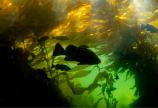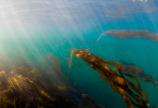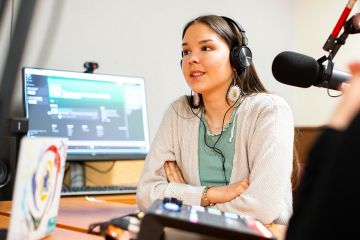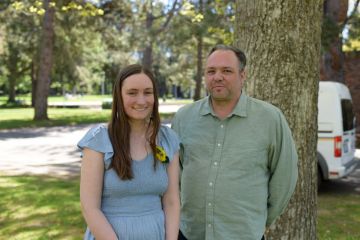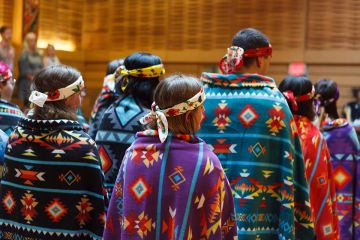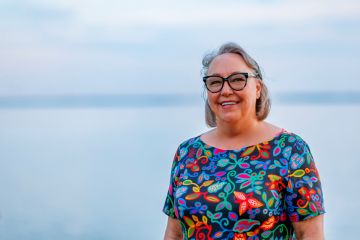Restoring climate-resilient kelp forests
- Richard Dal Monte
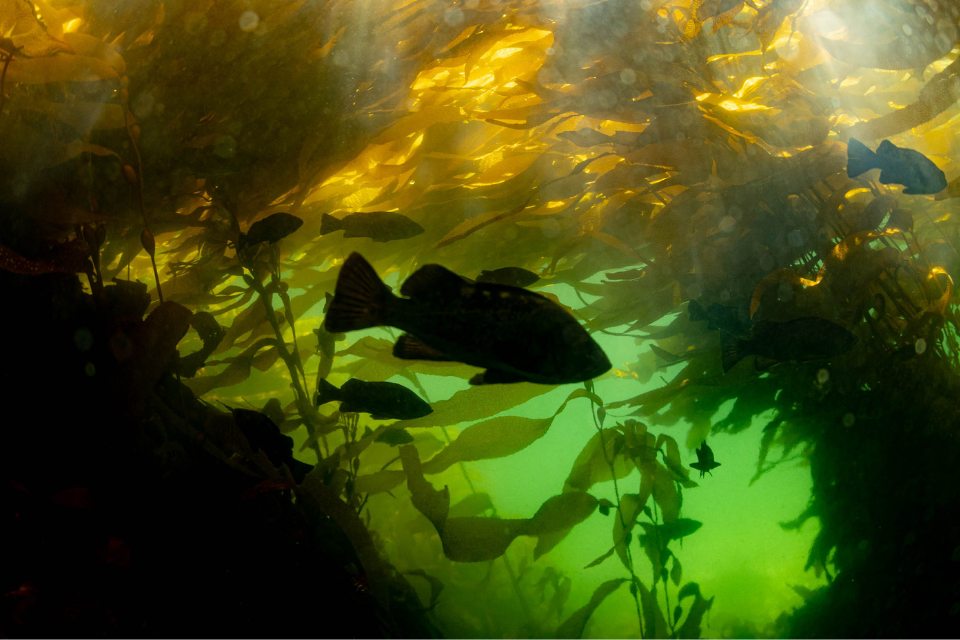
Kelp forests support coastal biodiversity, draw down atmospheric carbon and improve water quality. But ocean warming caused by climate change has placed these valuable, cold water-loving ecosystems in jeopardy.
A team of researchers led by Julia Baum of the University of Victoria and Bamfield Marine Sciences Centre director Sean Rogers is attempting to regrow kelp forests, working closely with British Columbia coastal First Nations.
The goal is to develop an open-access roadmap to recovery for kelp forests decimated by ocean heat waves and over-grazing by sea urchins, and to develop the science for kelp reforestation at large scales.
“We are focusing on assessing where kelp have vanished along BC’s coastline and testing new methods to restore those lost kelp forests,” says Julia Baum, professor and president's chair, ocean ecology and global change. “Kelp restoration is still in its infancy. Unfortunately, there’s not a set formula for how to do it.”
We’ve built a dynamic and dedicated team, and we believe there’s a huge amount of potential here to do something good for the climate, for biodiversity and for coastal peoples who rely on these ecosystems.
—Julia Baum, professor and president's chair, ocean ecology and global change
Kelp restoration
The project is supported by a $3.68 million research grant from Fisheries and Oceans Canada under the Aquatic Ecosystems Restoration Fund. Now in the second year of a four-year project, researchers are growing kelp in nurseries at Bamfield. They are testing different kelp culturing and outplanting methods for BC's two species of canopy-forming kelp—giant and bull kelp—in coastal waters and are measuring their hardiness in different conditions.
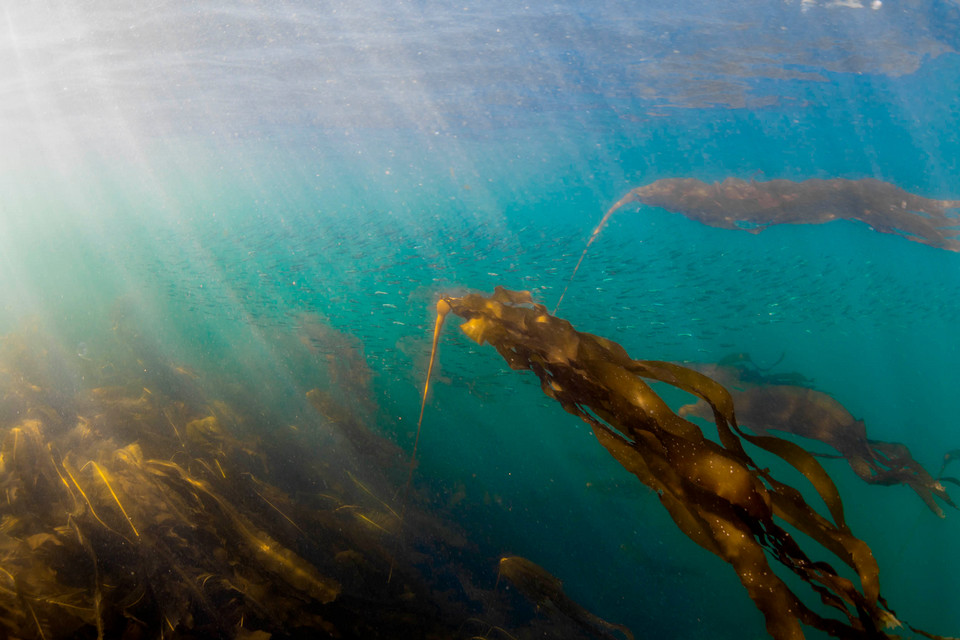
A school of herring swimming through bull kelp. Photo by Fernando Lessa.
“Research so far has really highlighted both the opportunities and challenges of working with this system in our coastal environments,” says Rogers, who’s also a professor of biological sciences at the University of Calgary. “I think we’ve made a lot of strides with our strategy of how we’re going to tackle this challenge.”
Researchers have planted kelp in different locations off Barkley Sound, where the Bamfield Marine Sciences Centre is located, and off Hornby Island, including Baynes Sound and Ford’s Cove, in the Salish Sea. They’re studying different species’ varying rates of growth, tolerance for different temperatures, the sizes of biomass and even their hold-fasts, which secure plants to rocks.
Additional research will include a partnership with Vancouver Island University at the Deep Bay Marine Field Station on Vancouver Island’s east coast, and the team is in the process of installing two new nurseries at Bamfield. It’s also developing a kelp “glue” so when researchers are “out-planting,” new kelp aren’t washed away, Rogers says, while Baum points out that this summer, the team will experiment with growing baby kelp in cages to keep out urchins that are voracious eaters of kelp.
Collaborators also include Western Canadian Universities Marine Sciences Society, NSERC, MITACS, Pacific Salmon Foundation, Genome BC, Hakai Institute, West Coast Kelp and, critically, Huu-ay-aht First Nations and other First Nations.
Future proofing kelp
The importance of the work done by the project’s First Nations liaison, Connie Crocker, has been vital to building relationships with First Nations to integrate knowledge, needs and capacity about kelp restoration and its importance to their cultures and ongoing needs.
The roadmap to kelp recovery is through awareness. It’s all about awareness—there’s strength in numbers. We need the public behind us. A lot of people are concerned about climate change and the state of our oceans. It’s urgent and the ocean is in peril. If only people knew about kelp decline, we could make some headway.
—Connie Crocker, First Nations liaison
Baum also highlights the unique partnership between UVic and Bamfield, which gives the half a dozen students from her lab taking part in the project—from undergrads to postdoctoral fellows—a rigorous academic foundation combined with field work.
“It is very ambitious, but the urgency of this problem drives us to commit to these large goals,” says Rogers. Even if the project does not achieve reforestation in four years, it will advance knowledge of how to do so, through rigorous scientific trials, and in doing so produce a framework—the formula that is currently lacking—for recovery.
“If we can get one of these kelp populations to take and potentially be resilient to the conditions that it will face today, and future-proofed for tomorrow, then it’s within the realm of possibility that we will have methods and procedures in place that start kelp forests that eventually become permanent forests that replace the disappearing ones. That’s the goal.”
The research aligns with the United Nations Sustainable Development Goals of climate action and life below water, and demonstrates how UVic is powered by climate traction.
Photos
In this story
Keywords: community, Indigenous, international, sustainability, student life, climate, life below water, funding, research, sustainability, environment, water
People: Julia Baum

